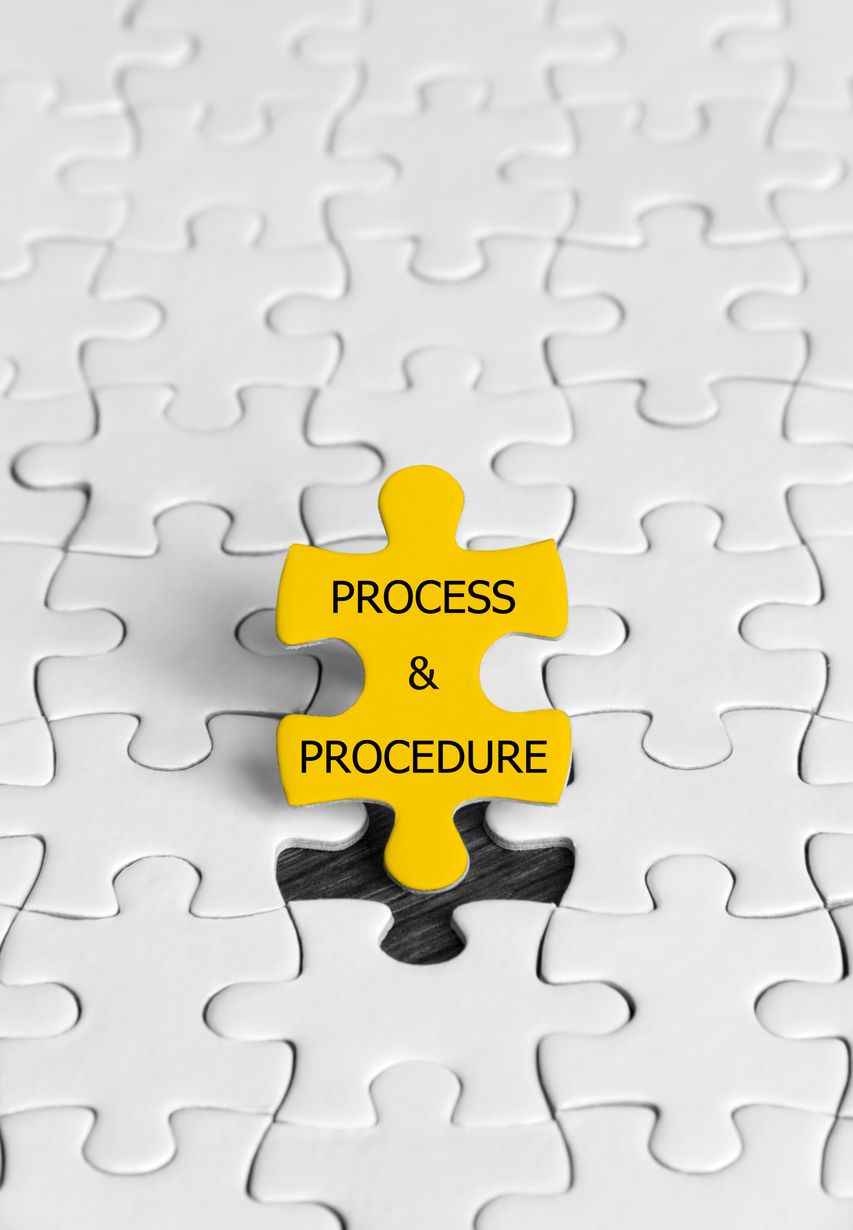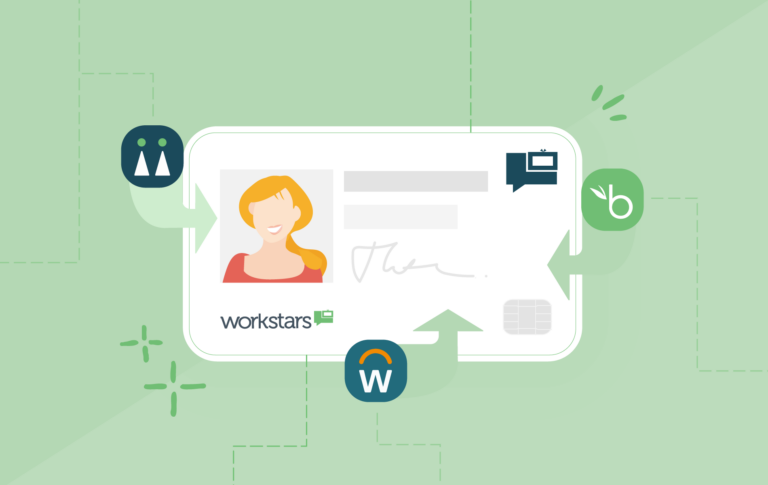Why the last thing employee recognition needs is process and prescription
Quite a few headlines from the past 12 months suggest the UK continues to have challenges with employee engagement. There are plenty of businesses out there with great stories to tell about how they motivate and energise their people. But quite a few companies are still struggling to find the best ways to engage their employees. Why?
There are no simple answers but one factor might be the way management and leadership historically became closely linked with control. It’s very understandable why it happened. Legislation and an increasingly litigious society contributed towards an environment where managers and leaders felt under pressure to be ready and able to demonstrate control and provide evidence. It became defensive rather than focusing on creating good business outcomes.
That left a legacy that’s not easy to move away from. Many businesses rely on implementing frameworks and processes to improve performance. They’re trying to eliminate risk and variability and to make sure things get done efficiently but that can mean individual approaches get ‘squeezed out’ and the way people interact with each another is shaped by a need to fulfil criteria and tick boxes. Could that contribute to people feeling they aren’t properly recognised and becoming disengaged as a result?
CIPD Chief Executive Peter Cheese raises these kinds of questions in terms of HR processes in this 2015 article. He refers to ‘ritualised and bureaucratic processes’ that distract managers from the regular connection, engagement and feedback conversations they should be having. He asks whether the ‘one size fits all’ approach and prescriptive processes means the ability to be sensitive to the differing needs of all stakeholders has diminished.
Employee recognition is a prime example of how historically processes and prescription turned initiatives that were meant to be about motivation into anything but; in some instances they even managed to achieve the opposite. Companies implemented complex top down processes that required significant amounts of management time. As a result the involvement was patchy. Some managers happily viewed it as an important part of their role while others struggled to fit it in as it became ‘another task’ to complete. Recognition and reward became closely linked and that meant there needed to be sign-offs of decisions made by managers about their employees. Recognition could take days, weeks or even months before it actually was conveyed to the recipient – by which time the moment had well and truly passed.
But the modern era of recognition shifts away from this. Today’s employee recognition is high adoption, high frequency and in the moment. It creates a sense of progress and purpose that helps make work rewarding. Peer to peer and social recognition allows an employee’s contributions to be acknowledged by anyone who’s in the position of knowing the efforts the employee has made. Recognition no longer exclusively relies on managers. That doesn’t mean, however, that the manager’s role in recognition has diminished. Far from it.
Today’s approaches to recognition in fact provide opportunities to strengthen that relationship by encouraging managers to understand and acknowledge the individual talents, achievements and needs of the employees working for them. Effective managers identify what motivates each employee by getting the fact that different things matter to different people at different points in their lives. They take the time to nurture and support them and above all, they show appreciation – the one completely free perk that absolutely every employee craves.
You don’t need bureaucratic processes, procedures or policies in place to make this happen. Instead, you need a culture where human to human relationships are valued, respected and given the right support to flourish.


 How Machias Savings Bank improved employee satisfaction and increased commitment to company values
How Machias Savings Bank improved employee satisfaction and increased commitment to company values
 Great managers vs natural leaders: What’s the difference (and does it matter?)
Great managers vs natural leaders: What’s the difference (and does it matter?)
 Workstars now integrates seamlessly with the HRIS you use every day
Workstars now integrates seamlessly with the HRIS you use every day